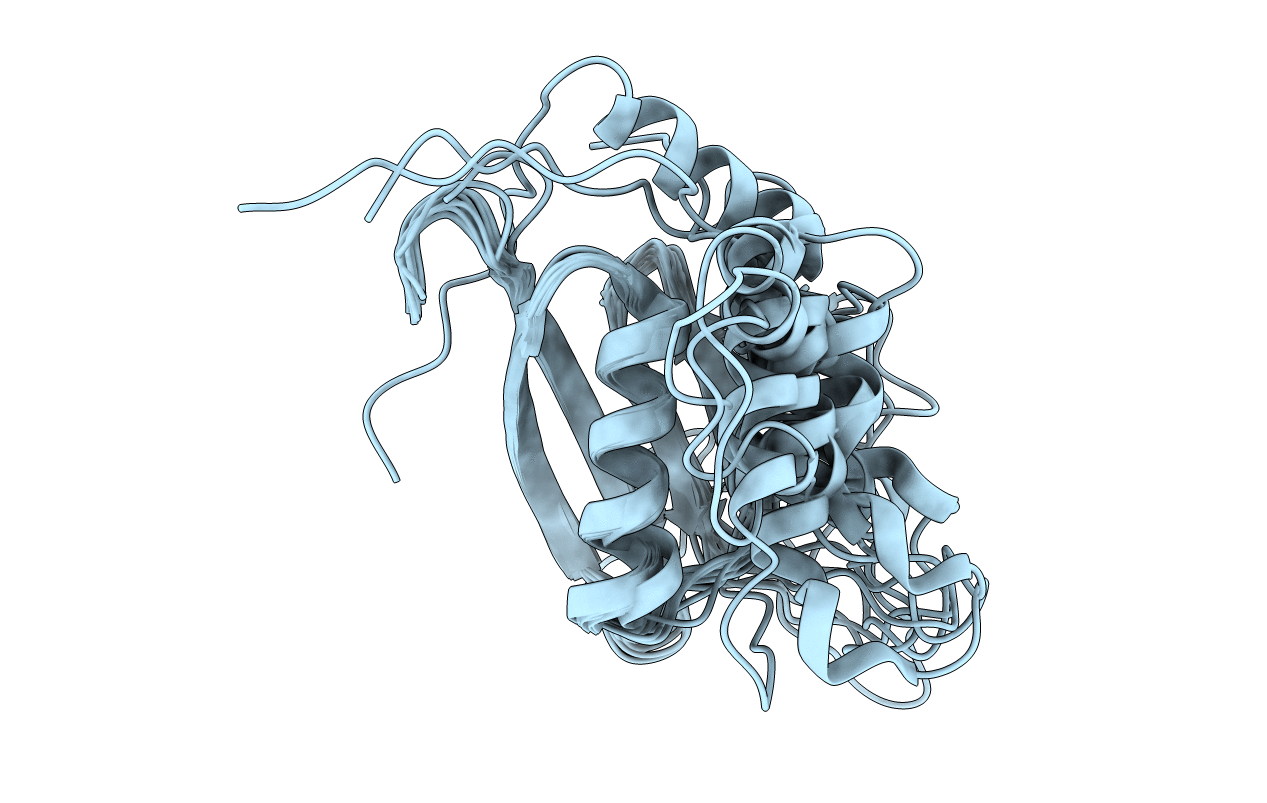
Deposition Date
2021-05-05
Release Date
2022-05-18
Last Version Date
2024-05-15
Entry Detail
PDB ID:
7MQ4
Keywords:
Title:
Rules for designing protein fold switches and their implications for the folding code
Biological Source:
Source Organism:
Thermus thermophilus (Taxon ID: 274)
Host Organism:
Method Details:
Experimental Method:
Conformers Calculated:
1000
Conformers Submitted:
10
Selection Criteria:
structures with the lowest energy


